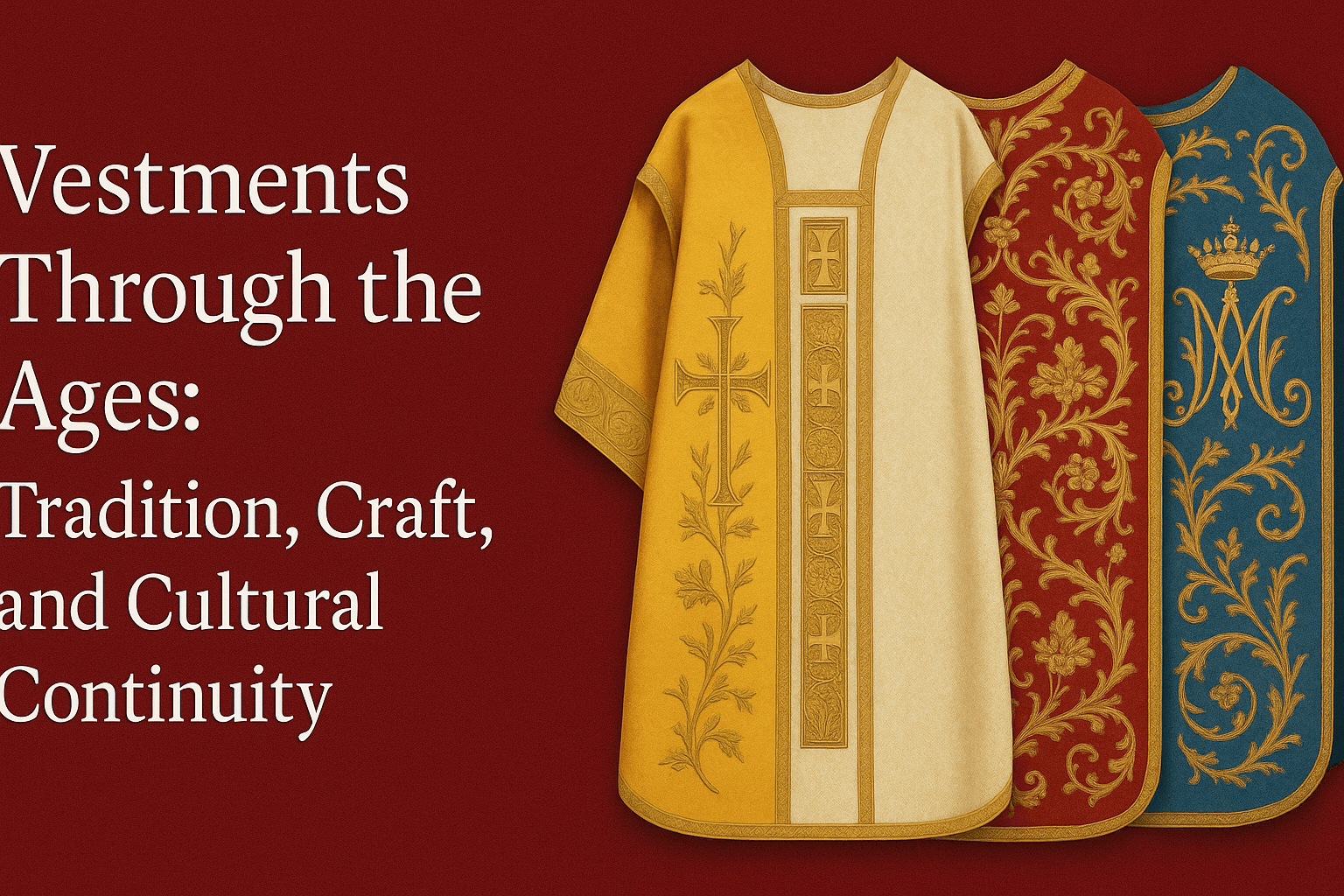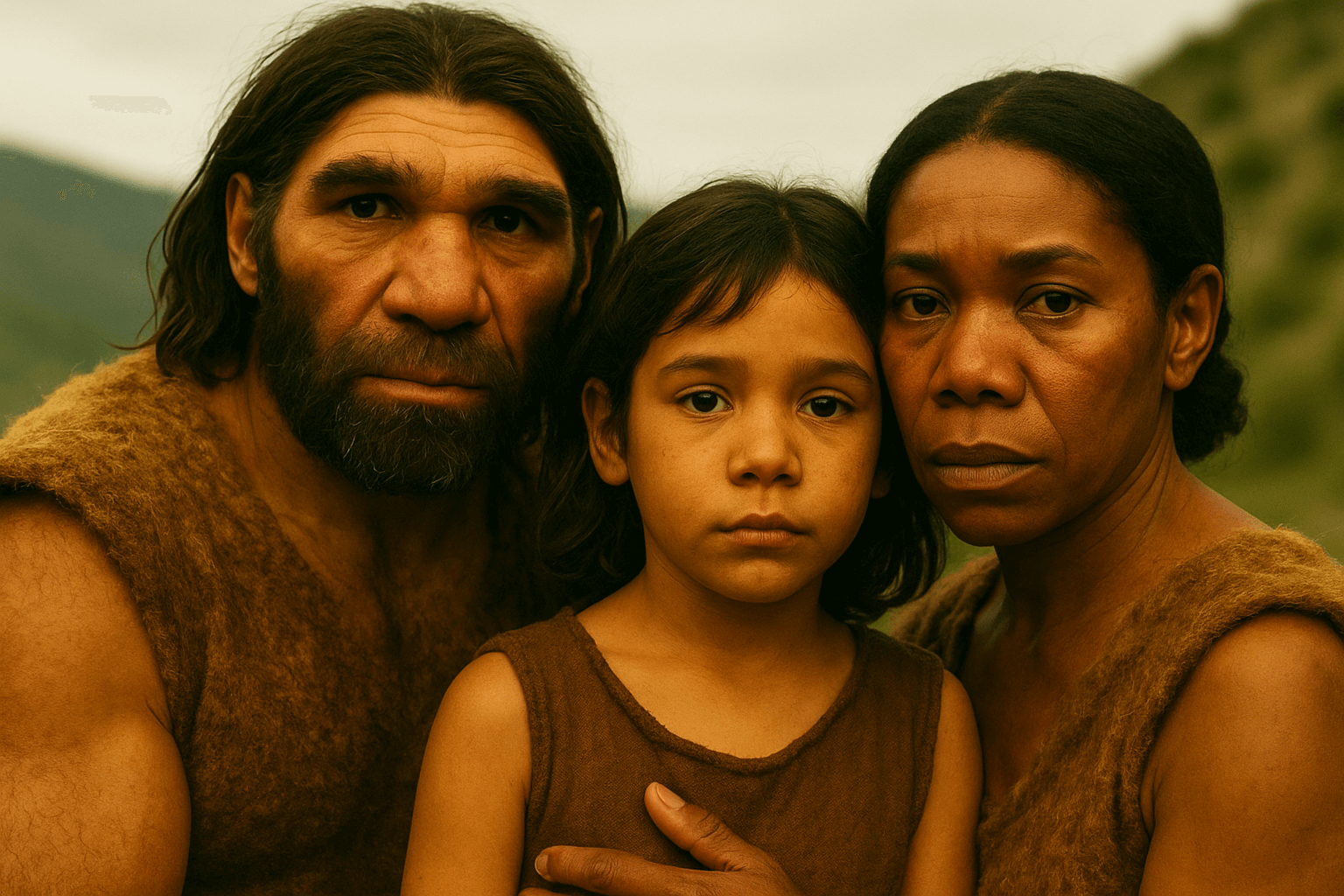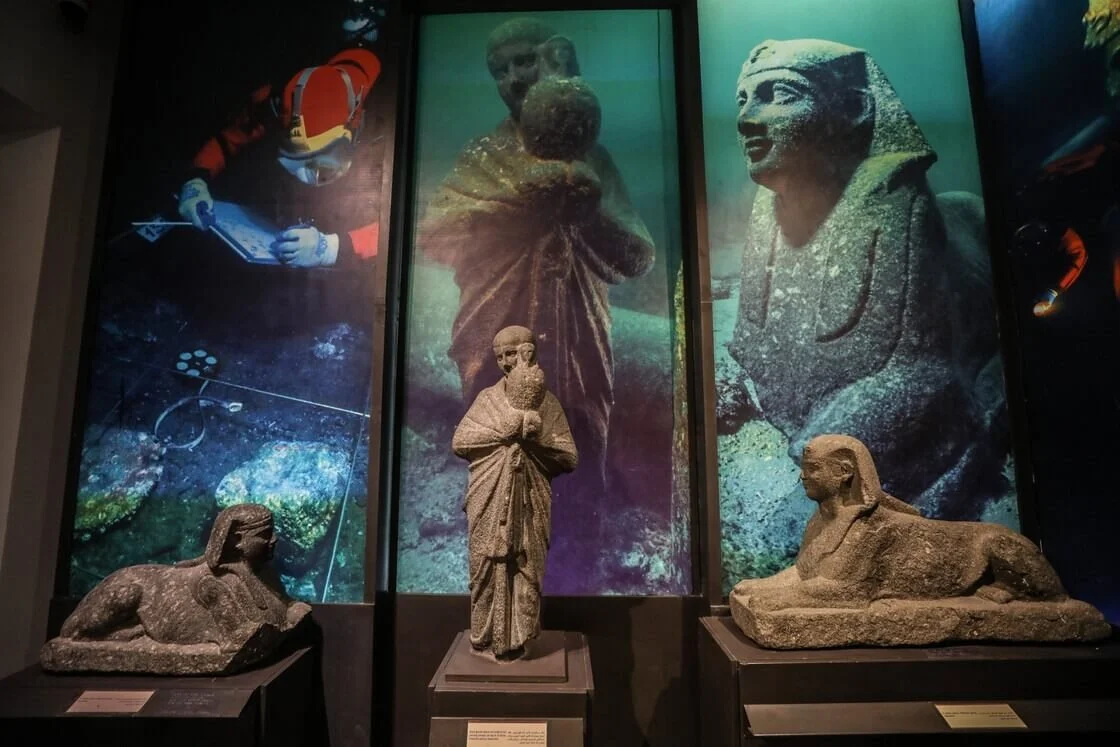In the fascinating nexus where ancient civilization meets contemporary artistry, the realm of cinema has the ability to breathe life into age-old artifacts, transporting them from their static displays in museum corridors to their dynamic embodiments on the silver screen. One such artifact that has been given this cinematic treatment is the Lady of Auxerre, a renowned Daedalic statue from Archaic Crete. This masterful rendition evokes the compelling narrative of ancient Crete, shedding a fresh perspective on this invaluable piece of art history in the context of the blockbuster movie Troy. Let us delve into the revival of the Lady of Auxerre through the lens of Hollywood's storytelling grandeur.
An In-depth Look at the Lady of Auxerre
The Lady of Auxerre, also known as the Kore of Auxerre, stands as a testimony to the intricacy and craftsmanship of the Daedalic sculpture art that flourished in Crete during the 7th century BC. Carved from limestone, this petite statue, measuring approximately 65 centimeters in height, portrays a young woman in the prime of her life. The statue showcases distinctive features of Daedalic art: a symmetrical face, long braided hair, and an elaborate dress that delineates the outline of her body, bringing a feminine grace to the artifact.
It has the slim waist that we find in all Minoan and Mycenaean goddesses, tightened with a wide belt. She has a veil. Her stylized hair shows Egyptian influence (from the orientalizing period of Greek art). However, its calm, imperceptible, and severe smile immediately refers to the archaic smile (Greek: μειδίαμα, mediama), which after a few years would begin to prevail in the art of the Greek world. The Lady of Auxerre (French: Dame d'Auxerre), in spite of her French name, is without doubt a genuine daughter of Crete. Ancient Eleftherna was probably her birthplace.
So-called Lady of Auxerre, a female statuette in the Daedalic style. Limestone with incised decoration, formerly painted, ca. 640–630 BC, made in Crete.
The Lady of Auxerre, housed in the Louvre Museum, was an archaeological find of unknown origin found by Maxim Collion in the vaults of the Auxerre Museum. It is believed to be a finding from early archaeological excavations in Crete in the early 19th century. The statue dates back to the Middle Daedalic period (around 640 BC), is named after the mythical sculptor Daedalus, and is the best preserved sculpture from this period worldwide. In 2008, and only for three months, she left the Louvre Museum to return to her homeland and exhibit, along with many other findings from ancient Eleftherna, at the Museum of Cycladic Art in Athens, Greece.
The archaic statue represents either a 'Kore' (young woman) or an archaic goddess, possibly the goddess Persephone. In an upright position, her left hand stands alongside her body, while her right hand is bent at the chest in a gesture, perhaps, of prayer. It has the narrow waist of a Minoan-Mycenaean goddess wearing a veil, a broad belt, and a shoulder girdle.
Daedalic Artistry: A Preamble to Classical Greek Sculpture
Daedalic artistry, named after the mythical craftsman Daedalus, lays the foundation for classical Greek sculpture. A notable style of the Archaic period (circa 800-480 BC), it is characterized by its geometric patterns, rigid frontal poses, and an emphasis on elaborate hairstyles and garments. These statues predominantly represented divine entities or esteemed members of society, enunciating a spiritual representation or idealized virtues in their forms.
The Kore of Thera (left) and the Lady of Auxerre (right)
Troy: Bridging Millennia through Cinematic Imagery
In the 2004 epic war film "Troy," directed by Wolfgang Petersen, the grandeur of ancient civilizations is brought to the forefront through dedicated craftsmanship. It is on this rich narrative canvas that the Lady of Auxerre finds her contemporary relevance as a symbol of feminine divinity and the epitome of grace and poise amidst the chaos of war.
The Kore adorned the cinematic place of Troy, but unfortunately only for a few seconds. Undoubtedly, the placement of a statue that refers to the archaic period in a palace of the prehistoric Aegean is an anachronism, as are many more architectural details of the scenes. In any case, this unique find was "revived" from Hollywood and traveled around the world via cinema, giving ancient art lovers an opportunity to become familiar with its symbolism.
The film masterfully incorporates details of archaic art and sculpture, weaving them into the story's fabric and offering viewers a glimpse into the artistic and cultural heartbeat of that era. The Lady of Auxerre, represented in various artistic renditions within the movie, provides a visual narrative that echoes the transcendent beauty, divine feminine energy, and elegant grace that the statue embodies.
The Lady Reborn: Symbolisms and Narratives
By bringing the Lady of Auxerre into the vivid, high-stakes world of "Troy," the creators not only gave the audience a glimpse into the ancient world but also allowed for a deeper narrative exploration. The statue serves as a silent witness to the passions, betrayals, and heroisms portrayed in the film, offering a symbolic representation of the perennial values and aesthetics that the ancient Greek civilization held dear.
Moreover, her presence in the movie serves as a reminder of the timeless beauty and enduring legacy of ancient artistic traditions, providing a tangible connection to a civilization lost in the annals of time. The transcendent elegance of the Lady of Auxerre, through her representation in "Troy," becomes a living entity, narrating tales of an era of gods and heroes, beauty and tragedy, war and love.
The Daedalic-style Kore, crafted with Naxos marble, has a height of 2.48m and weighs 750kg. The Kore is one of the few female statues of this size and this period (7th century BC) discovered to date. The statue has been kept under wraps since it was discovered 15 years ago.
The Lady of Auxerre, a Daedalic statue of Archaic Crete, has not only stood the test of time but has triumphed as a silent yet potent narrator of a glorious past through its cinematic resurrection in the movie "Troy." This endeavor highlights the power of cinema to bridge gaps across millennia, breathing life into static forms and allowing contemporary audiences to forge a living, breathing connection with the rich tapestries of ancient civilizations.
In this modern renaissance, the statue emerges not just as a relic of a bygone era but as a vibrant entity, regaling audiences with tales engraved in limestone and whispers of a time where art and beauty stood as powerful testimonies to the human spirit's indomitable nature. Through the lens of "Troy," the Lady of Auxerre strides gracefully from the hallowed halls of antiquity to reclaim her place in the annals of epic storytelling, emerging as a resplendent beacon of a civilization's artistic pinnacle, reborn in the hues of modern cinema.











